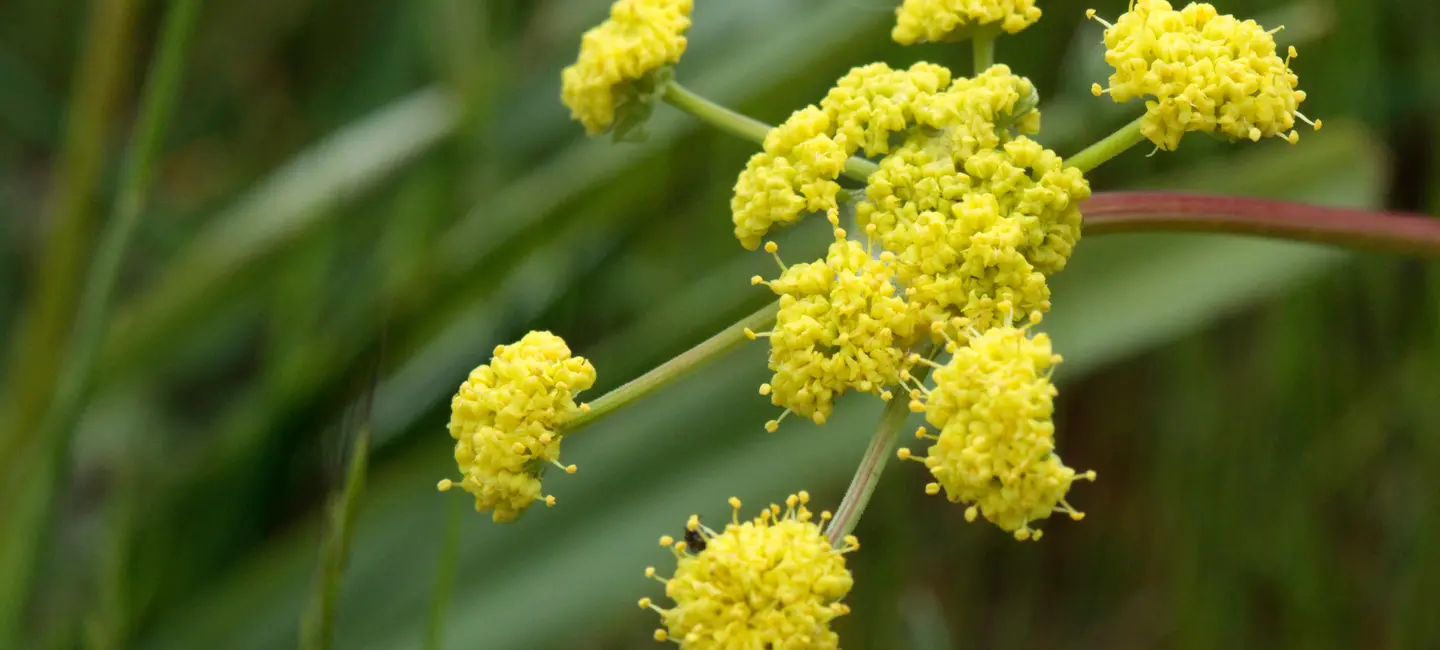
Desert parsley is a group of plants. The most commonly used type of desert parsley is Lomatium dissectum (fernleaf biscuitroot). The roots of this plant are used to make medicine.
Desert parsley is used for asthma, flu, other lung problems, wound healing, and other conditions, but there is no good scientific evidence to support its use for any condition.
Some types of desert parsley are eaten as food.
Is It Effective?
NatMed Pro rates effectiveness based on scientific evidence according to the following scale: Effective, Likely Effective, Possibly Effective, Possibly Ineffective, Likely Ineffective, Ineffective, and Insufficient Evidence to Rate.
- Asthma.
- Colds.
- Cough.
- Flu.
- Lung injuries.
- Pneumonia.
- Tuberculosis.
- Viral infections.
- Skin wounds, when applied to the skin.
- Boils, when applied to the skin.
- Bruises, when applied to the skin.
- Sprains, when applied to the skin.
- Broken bones, when applied to the skin.
- Joint problems, when applied to the skin.
- Pain, when applied to the skin.
- Other conditions.
More evidence is needed to rate desert parsley for these uses.
Is it Safe?
Desert parsley might help eliminate different types of bacteria, fungi, or viruses that can cause infections.
When taken by mouth: There isn't enough reliable information to know if desert parsley is safe. It might cause side effects such as rash.
When applied to the skin: There isn't enough reliable information to know if desert parsley is safe or what the side effects might be.
Special Precautions & Warnings:
Pregnancy and breast-feeding: There isn't enough reliable information to know if desert parsley is safe to use when pregnant or breast-feeding. Stay on the safe side and avoid use.
It is not known if Desert Parsley interacts with any medicines. Before taking Desert Parsley, talk with your healthcare professional if you take any medications.
There are no known interactions with herbs and supplements.
There are no known interactions with foods.
The appropriate dose of desert parsley depends on several factors such as the user's age, health, and several other conditions. At this time there is not enough scientific information to determine an appropriate range of doses for desert parsley. Keep in mind that natural products are not always necessarily safe and dosages can be important. Be sure to follow relevant directions on product labels and consult your pharmacist or physician or other healthcare professional before using.
Biscuitroot, Bradshaw's Desert Parsley, Carrotleaf Biscuitroot, Carrotleaf Indian Root, Chocolate Tips, Cough Root, Fernleaf Biscuitroot, Giant Desert Parsley, Giant Lomatium, Indian Parsley, LDM-100, Lomatium, Lomatium bradshawii, Lomatium californicum, Lomatium dissectum, Lomatium erythrocarpum, Lomatium grayi, Lomatium nudicaule, Lumatium nuttalii, and Lomatium suksdorfii, Red-Fruit Desert Parsley.
Information on this website is for informational use only and is not intended to replace professional medical advice, diagnosis, or treatment. While evidence-based, it is not guaranteed to be error-free and is not intended to meet any particular user’s needs or requirements or to cover all possible uses, safety concerns, interactions, outcomes, or adverse effects. Always check with your doctor or other medical professional before making healthcare decisions (including taking any medication) and do not delay or disregard seeking medical advice or treatment based on any information displayed on this website.
© TRC Healthcare 2024. All rights reserved. Use and/or distribution is permitted only pursuant to a valid license or other permission from TRC Healthcare.
